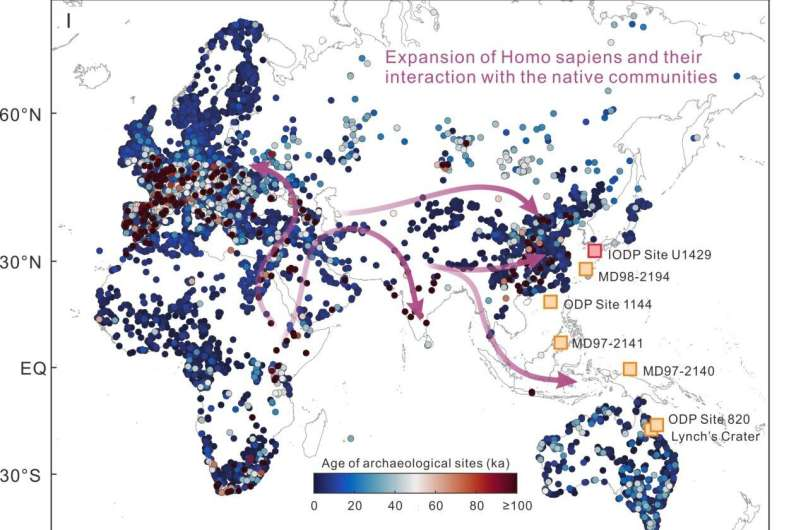ntroduction Obsidian, a naturally occurring volcanic glass, played a crucial role in prehistoric trade networks across the globe. Its unique properties, such as sharpness, durability, and distinctive appearance, made it a highly prized material for crafting tools, weapons, and ornaments. By analyzing obsidian artifacts and their distribution, archaeologists have uncovered intricate trade routes and cultural exchanges that spanned vast distances. This article explores the geological origins of obsidian, its applications, methods of tracing its movement, and its broader significance in prehistoric societies.
Geological Origins and Properties of Obsidian Obsidian forms when felsic lava cools rapidly with minimal crystal growth, resulting in a smooth, glass-like texture. Found primarily in volcanic regions, notable obsidian sources include Anatolia (modern-day Turkey), the Italian islands of Lipari and Sardinia, the Rift Valley in East Africa, and Mesoamerican volcanic belts. The material’s conchoidal fracture pattern allows it to break into razor-sharp edges, making it ideal for crafting precision cutting tools and weaponry.
Applications in Prehistoric Societies The practical applications of obsidian were diverse. Early humans fashioned obsidian into arrowheads, knives, scrapers, and ceremonial objects. Beyond its utilitarian uses, obsidian held symbolic and ritualistic significance, often appearing in burial sites and sacred spaces. The material’s lustrous black sheen and sharp edges likely imbued it with mystical qualities in the eyes of prehistoric communities.
Tracing Obsidian Trade Routes Advances in geochemical analysis, particularly X-ray fluorescence (XRF) and neutron activation analysis (NAA), have enabled researchers to trace obsidian artifacts back to their geological sources. This process has illuminated complex trade networks. For example, in the Near East, obsidian from Anatolia traveled across the Levant and into Mesopotamia. In Mesoamerica, obsidian from Pachuca and other volcanic regions spread widely across the region, linking diverse cultures in economic and cultural exchanges.
Economic and Social Implications The trade of obsidian influenced the development of early economies by fostering specialization and long-distance trade. Communities situated near obsidian sources often held economic and political power, leveraging their access to the valuable material for trade and diplomatic relations. The movement of obsidian also facilitated cultural exchanges, spreading technological innovations and artistic styles.
Conclusion Obsidian played a pivotal role in shaping prehistoric trade networks, acting as both a practical resource and a cultural symbol. The study of obsidian artifacts provides invaluable insights into ancient economies, trade routes, and social structures. As research continues, the "black gold" of prehistory remains a window into the complex interconnections of early human societies.







